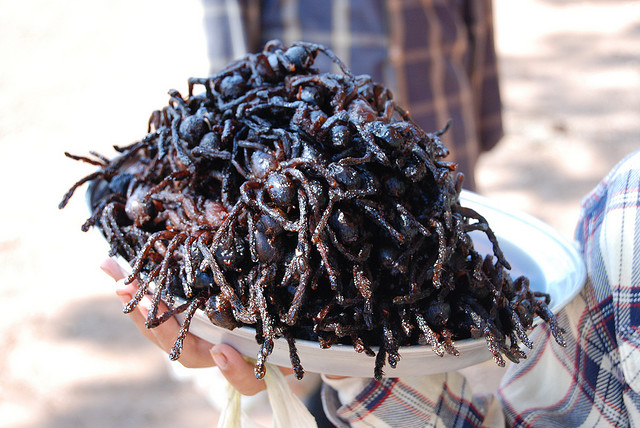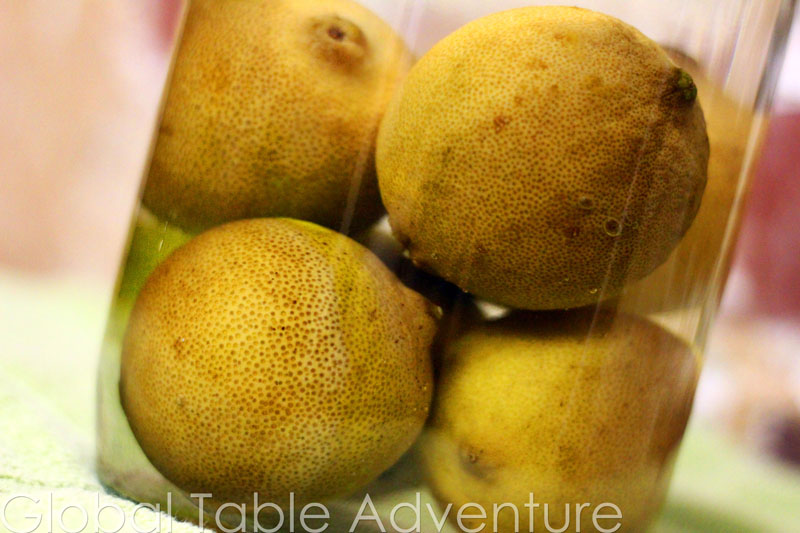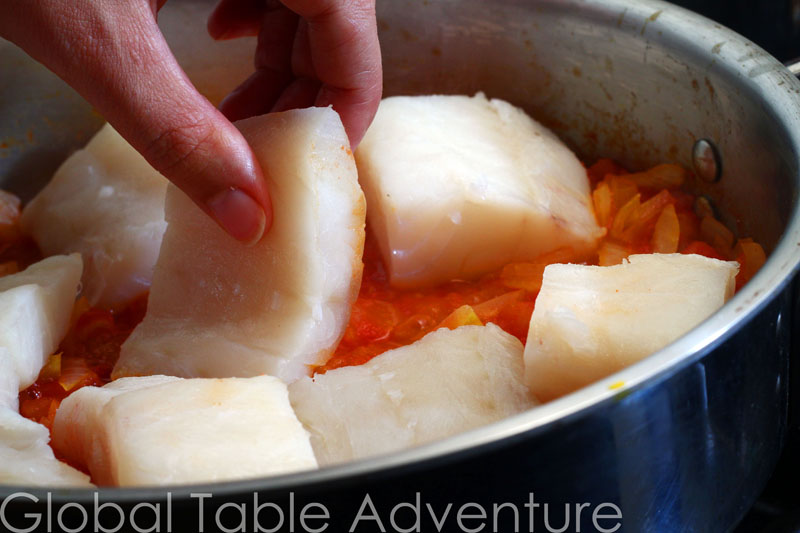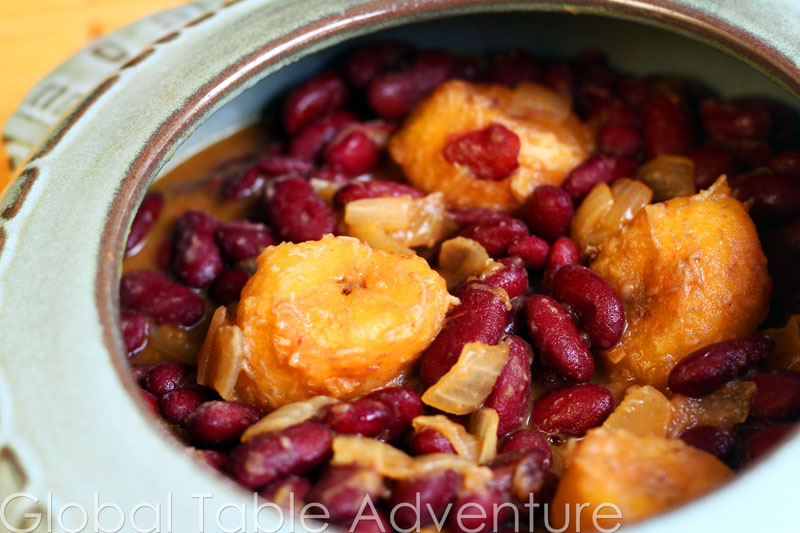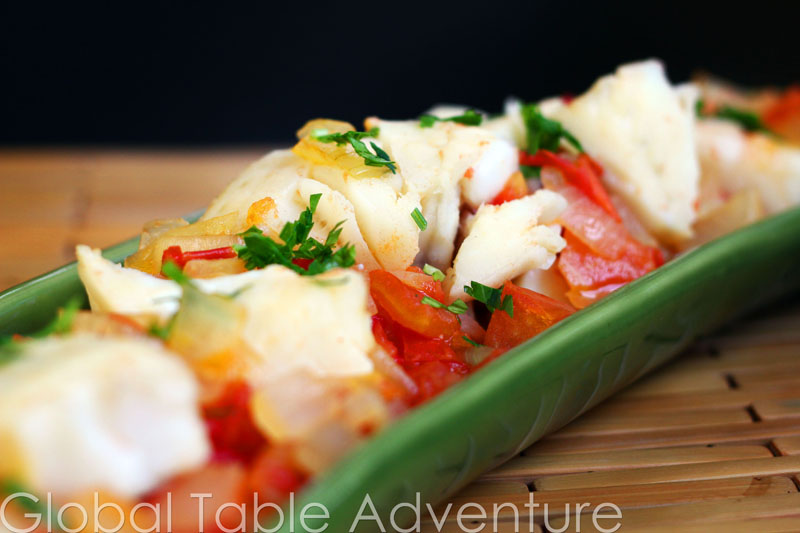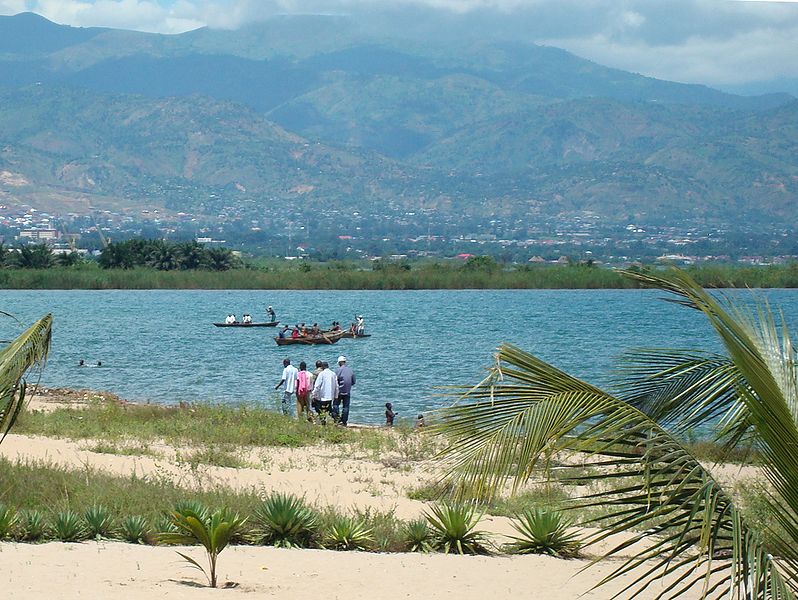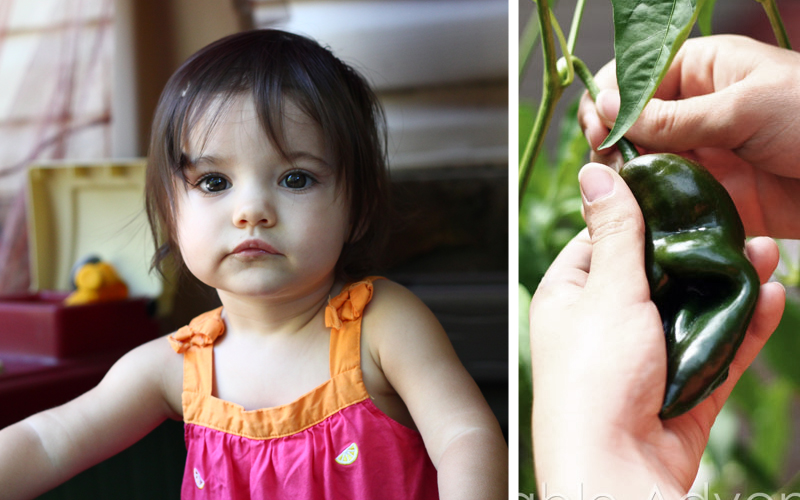Fried tarantulas are a delicacy in Cambodia. For 8 cents a spider, you can eat your very own. But watch out for funky spider breath (they cook it with garlic)! (Source: Woman’s Day). Photo courtesy of Paul Mannix via Flickr. If you aren’t into spiders, you might prefer Amok – a cooking method common in Cambodia, specifically food steamed in banana leaves. Mmm, now that sounds more like it! 🙂 . Feel like taking a quiz all about Cambodia? National Geographic has one! Have fun! 🙂
Read More
Makes 6 pickled limes Pickled limes add a sharp citrus kick to recipes. As the rind softens, it releases a bitter note than permeates throughout the lime. The insides break down as they set in the salted water, so the texture becomes rather mushy. Use a sharp knife when slicing to preserve the beautiful lime shape. Cambodian pickled limes are easy to make but take a little time – you’ll probably need start two weeks ahead. Hot and sunny temperatures are necessary to dry out the limes quickly. When we made them, temperatures were floating around 104 (with a heat index of 111F). I may have set a world record for time to dry out six limes. Two days! NOTE: You could also use small key limes for this recipe. Special thanks to Karen Coates of Rambling Spoon whose post Ode to a Grandmother inspired this recipe. Ingredients: 6 limes water, as needed salt Method: Dry a bunch of clean, fresh limes in the sun. Rotate as needed to get all sides dry. I put …
Read More
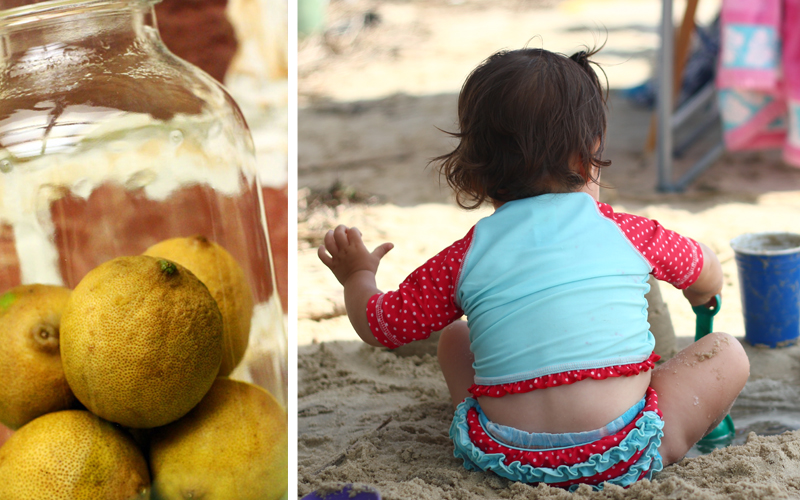
Although there are many recipes in Cambodia with epically long ingredient lists, I chose a collection of unusual dishes with refreshingly short ingredient lists. Did I mention I have a 13-month old? This Global Table Adventure, I’m most looking forward to trying the Cambodian Grilled Eggs – mostly because I am tickled by the idea of grilling a whole (yet seasoned) egg! Confused? Don’t worry. It will all be clear come Monday, when I post photos, recipes, and Ava’s video review. Special thanks to Karen Coates – accomplished journalist, traveler, and one of my favorite bloggers – who was kind enough to hunt down a Khmer friend for an authentic recipe for me to adapt. It’s going to be mmm, mmm, good! Grilled Corn with Coconut Milk [Recipe] Sweet corn basted in coconut milk and grilled until tender. Cambodian Grilled Eggs [Recipe] Egg mixed with fish sauce, sugar, and pepper, then poured back into the shell and grilled. Chicken and Pickled Lime Soup [Recipe] A light broth made with chicken, sour pickled lime, green onion, and …
Read More

Divided by the waters of the great Mekong river, the flat plains of Cambodia are fertile ground for mile upon mile of wet rice fields. The people also draw fish from this river and other, smaller waterways, for most meals. Brothy soups cooked with limes (pickled or not), lemon grass, tamarind, or even coconut milk are standard fare. Here’s a recipe for Chicken and Pickled Lime Soup. Many curries and stir-fries are based on Kroeung spice pastes, all of which use lemongrass as the main ingredient. The result is salty, sour flavor, reminiscent of Vietnam and Thailand, without the eye-watering, mouth-sweat heat found in either of those countries. In fact, although red chili peppers are used, black pepper is the main vehicle for heat in Cambodian cooking. Meals are filled out with fresh vegetables and unripe fruit, such as long beans, mango, papaya, pineapple, and squash. The most popular of the meats is either pork or chicken, found in many soups, noodle dishes and stir-frys. The grill is also an amazing tool in Cambodia – used, …
Read More
Burundi reminds me of my mother – wonderfully inventive with just a few ingredients. She could whip up dinner with a bucket of cement if she had to. Although made with simple, affordable ingredients, the plate you see before you is a feast worthy of any table – spicy, sweet, fresh, flavorful – betraying no signs of poverty or struggle. What a lesson we can learn from the creativity and fortitude of Burundi. Getting Ava to eat her meal was also a lesson in creativity and fortitude. A test of wills. And of patience. With several quick head shakes, Ava has refusing food down to an art. She wasn’t interested in the beans. Or the plantains. Or the tomatoes. Once in a while she faked interest, opening wide for a bite, but once the food touched her tongue, she pushed it back out, screwing her face up into a squinty smile. Little stinker knows she’s making my hair turn grey. In all of beautiful Burundi, fish was her only interest. With quickly fading hope, I filled her …
Read More
Serves 4 If you can make this African bean dish a day ahead, please do. The sauce will thicken and coat every millimeter of the beans with chili and onion goodness. Great side dish for a party! Ingredients: 3 cups prepared red kidney beans (2 cans) 2 Tbsp red palm oil 1 onion, sliced 1 plantain, sliced salt 1 tsp chili powder 2 cups water Method: 1. Heat oil over medium heat, cook onion 2. Add beans, plantains, salt, and chili pepper. Cook for a minute. 3. Add water and simmer until plantains are cooked and about a 1/2 cup of liquid is left in the pan – 30 -45 min I chose a plantain with blackened skin. Unlike a banana, where darker skin indicates over-ripeness, blackened skin in a plantain indicates perfect sweetness with a little tooth – perfect for a short simmer. Always rinse canned beans. I bought “no salt added” to keep this dish low sodium. This photo flashes me back to spoonfuls of cod liver oil as a child. Luckily, red palm oil …
Read More
Serves 2-3 Make this African dish with your favorite white fish. In Burundi, they use whole Ndagala or mukéké. The tomatoes and onion make a fresh, brothy sauce, while a pinch of fresh parsley enhances the flavor. Sometimes the fish is fried separately, then added to the sauce. I prefer the health benefits of gently steaming the fish over the sauce. Ingredients: 1 Tbsp red palm oil 1 lb fish (we used cod) 1 onion, chopped 3 tomatoes, chopped 1 habenero (whole or halved) 1 cup water Salt to taste Method: 1. Heat oil over medium heat. Add onion and cook until soft. Then add tomatoes, habenero, water, and salt. 2. Simmer, uncovered, about 15-30 minutes, until the tomatoes break down into a light, brothy sauce. If you prefer a more reduced sauce – or less, adjust time to your preferences. 3. Add fish, cover, and cook until done. This will depend on the thickness of your fish. Check to make sure the fish flakes easily to determine if done. Ours took about 15 minutes. Tomatoes …
Read More
In this first video, you’ll see the longest lake in the world, Lake Tanganyika, as well as mukeke, one of the fish that comes from these beautiful waters. In this second video you’ll view scenery from the small lakes region of Burundi, as well as spectacular fresh produce. Finally, watch drumming performances at the Avocado Oil Festival, followed by a display of food made with avocado oil.
Read More
While you are reading this, I’m on a plane. Flying to Virginia. On Friday the 13th. The flight left at 6 am. Yes, I made the reservations. Who knows what I was thinking. All I can hope for is a little relaxation. I bet I could find some at this beach, in Burundi… For today’s FFF,I thought it would be fun to share 4 first hand accounts of meals in Burundi, followed by our weekly poll: Lunch at the Market restaurant A heaping plate of rice and peas in tomato and onion sauce, fried bananas, a piece of beef (having lived a long and toil-filled life before landing on the plate), accompanied by slices of fresh pineapple, by bananas, peanuts, and a soft drink, cost $1.50 each. Move over McDonald’s. Burundian Delicacies …gorging ourselves on a number of Burundian delicacies – many different cooked vegetables, fried plantains, rice, sauce with beef (none of which was all that unusual to our American palates – though we think the cheese in one of the salads may have …
Read More
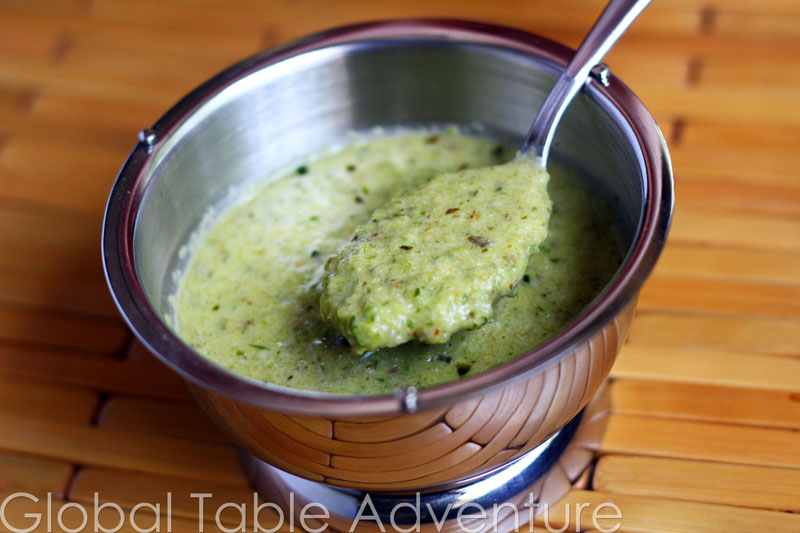
Pili-Pili (also called Piripiri) is the kind of hot sauce that puts hair on a man’s chest. And, possibly, even a woman’s. This basic African condiment was introduced by the Portuguese in the 1500’s. To give you an idea of how intense pili-pili is, imagine this true story: Positioned just outside the second room, where we would shake the president’s hand, sat a vast array of spicy delicacies, accompanied by bowls of pili-pili sauce for dipping. For the uninitiated, Pili-pili (pronounced “pee-lee pee-lee”) is a sauce made from a fiery pepper similar but more potent than a jalepeno. Crushed into an eye watering hot sauce, pili-pili is not for the weak and timid. The majority of assembled dignitaries, faint with hunger, attacked the assortment of peppery cocktail treats with gusto. However, immediately before their moment of glory with Mobutu [the president], most had mouths heartily stuffed with spicy finger foods laced with pili-pili – a deadly combination. Television cameras caught diplomat after diplomat walking the red carpet, mouths burning into a smile, and eyes watering. Far from emotional tears …
Read More
If you are looking for something quick and easy, Burundian food is for you. This fresh, healthy meal can easily be sized up for a crowd. Be sure to serve this meal with a big pot of white rice on the side. Fish with Tomatoes and Onion [Recipe] Light and healthy cod fish steamed with tomatoes, onion, a hint of habenero and red palm oil. Traditional recipes use Ndagala or mukéké. Red Kidney Beans with Plantains [Recipe] Spicy chili powder brings red kidney beans to life, while mildly sweet plantains make this dish addictive comfort food. Fried Plantains [Recipe] Lightly pan-fried plantains turn golden and crispy, with a pinch of salt. Hot Sauce (Pili Pili) [Recipe] Pili Pili (or piri piri) is made with fresh citrus juice, either lemon or lime, tons of garlic, and chili peppers. Additional herbs like parsley can be added if desired. Fresh Tropical Fruit Cooked desserts are not common in Burundi. Instead, fresh pineapple or bananas are served at the end of the meal.
Read More
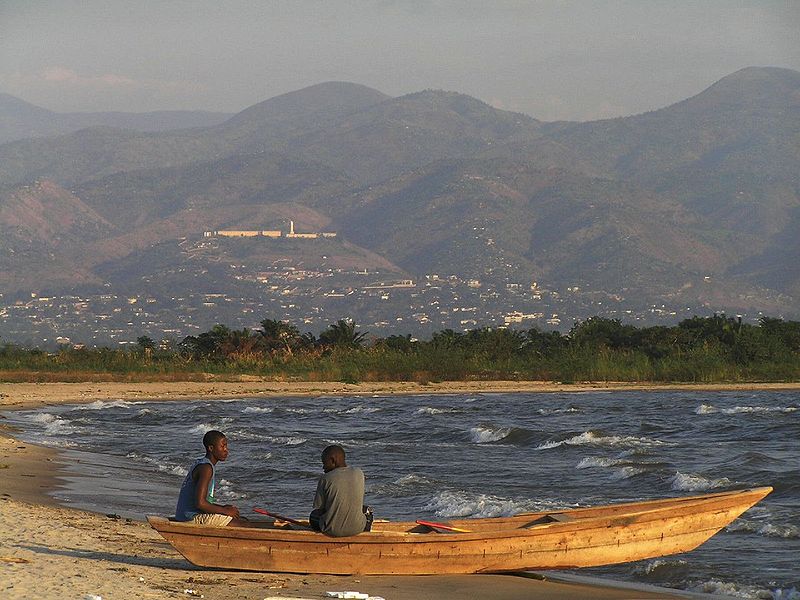
Nestled up to the largest lake in the world, Lake Tanganyika, is the tiny country of Burundi. There, amidst the rolling hills and the lush tropics, live a people surviving on a simple bounty of beans, bananas, plantains, maize (corn), cassava, sweet potato, and peas. Peek under the lid of any Burundian pot, and you’ll likely find red kidney beans. Cooked simply with a little red palm oil, onion, and spicy chili powder, the nutrient rich bean becomes a delight. To avoid monotony, many Burundi mix things up by stirring in slices of sweet plantain (recipe). This completely stunning comfort food is both rich and savory. The banana and the plantain can be found everywhere, piled high on the back of bicycles, old truck beds, and in baskets on top of women’s heads. These sweet treats are served plain, fried (recipe), and in home-brewed banana beer called Urwarwa. In fact, there’s little in the way of cooked dessert served in Burundi. Instead, the people enjoy a ripe banana or juicy pineapple slices. Fish, drawn daily …
Read More

